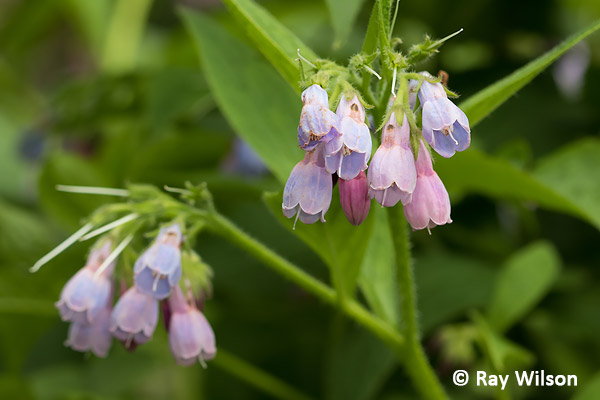
- Home
- Photography Tours
- Diary / Blog
- Galleries
- Foreign Trips
- Tasmania 2016
- NE Queensland 2016
- Western Alps 2016
- NE Spain 2016
- Australia's Wet Tropics 2015
- Australia's Top End 2015
- SW Australia 2015
- Switzerland 2015
- Andalucia 2015
- Belize 2015
- Australia 2014
- Switzerland 2014
- Belize 2014
- Bahama Islands 2014
- Switzerland 2013
- Ecuador 2012-2013
- Florida 2011-2012
- Vancouver Island 2011
- Australia 2010
- Peru 2008
- Bulgaria 2007
- Lesvos 2006
- California 2006
- New Zealand 2005
- Extremadura 2005
- Goa, India 2004
- The Gambia 2003
- About
June 2017
Part 2
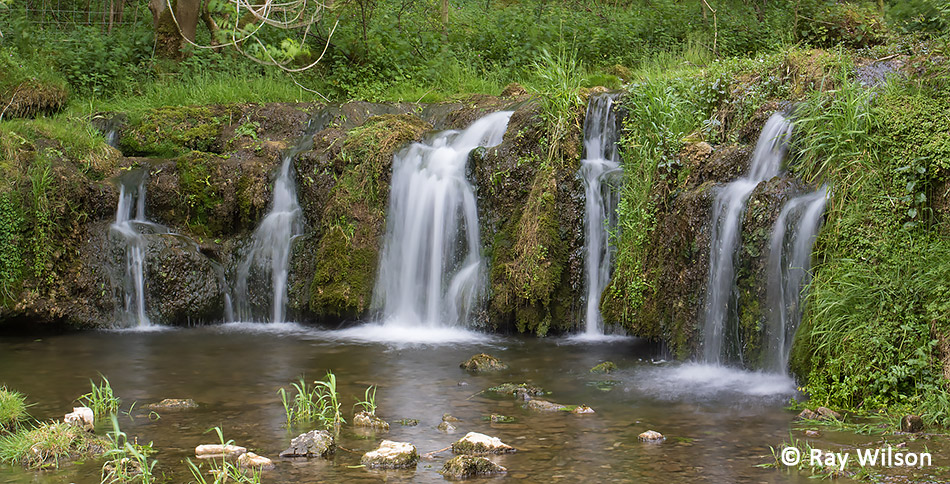
Lathkill Dale, Peak District National Park
For a bit of a change of scenery from walking around Attenborough reserve every day, I went for a long walk (20km) up Lathkill Dale in the Peak District National Park. The overcast conditions on this beautiful, still morning were perfect for photographing this stunning wooded valley.
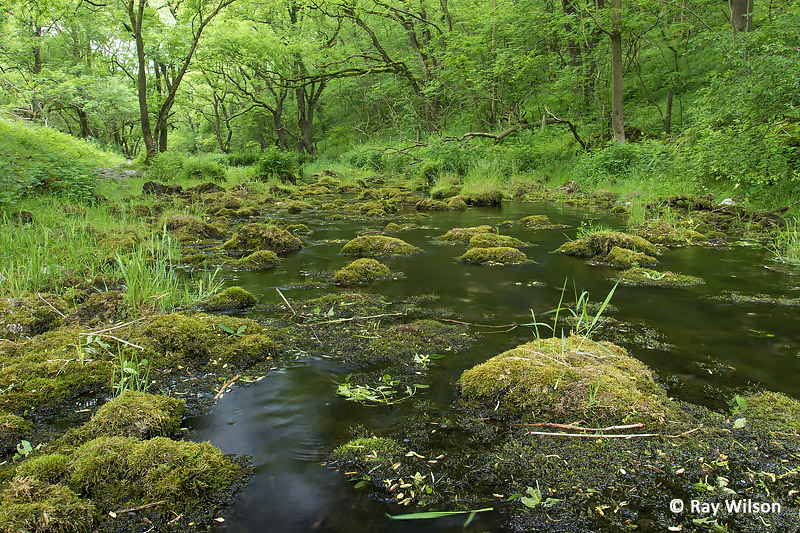
Lathkill Dale, Peak District National Park
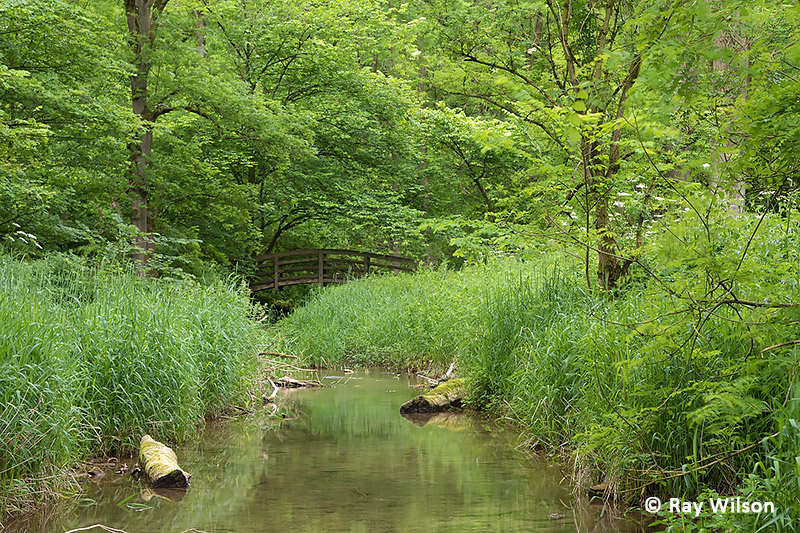
Lathkill Dale, Peak District National Park
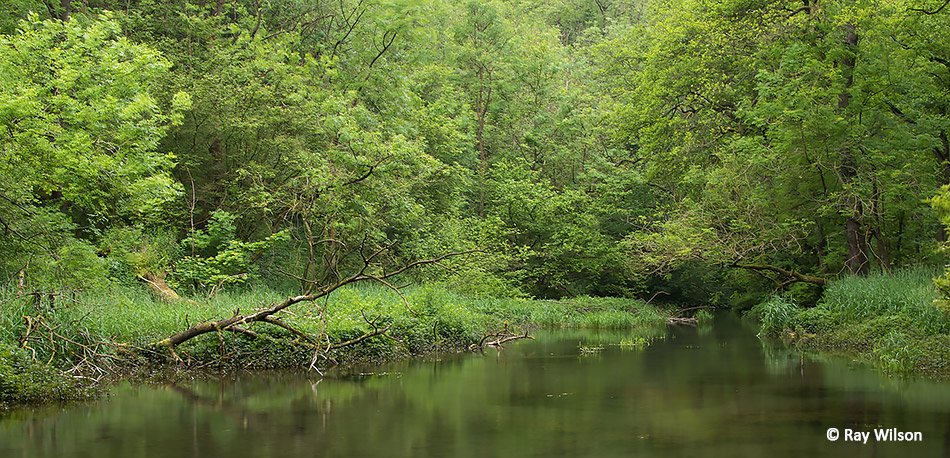
Lathkill Dale, Peak District National Park
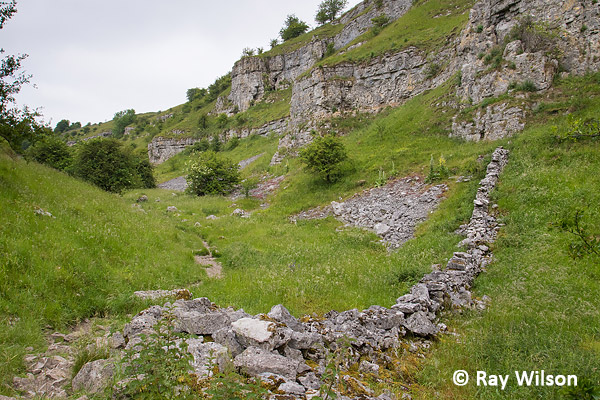
Lathkill Dale, Peak District National Park
Near the top of the valley the woodland gives way to limestone grassland and it is here that a rare and spectacular flower grows.
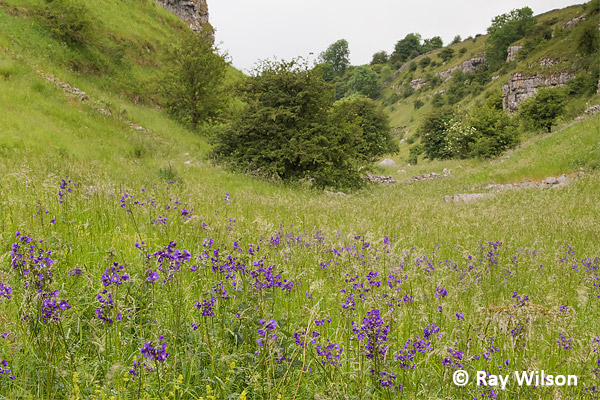
Jacob's-ladder (Polemonium caeruleum) in Lathkill Dale, Peak District National Park
Jacob's-ladder is commonly grown in gardens in the UK, but it is very rare in its natural, wild state and only grows in about 10 sites, almost all of which are in the Peak District.
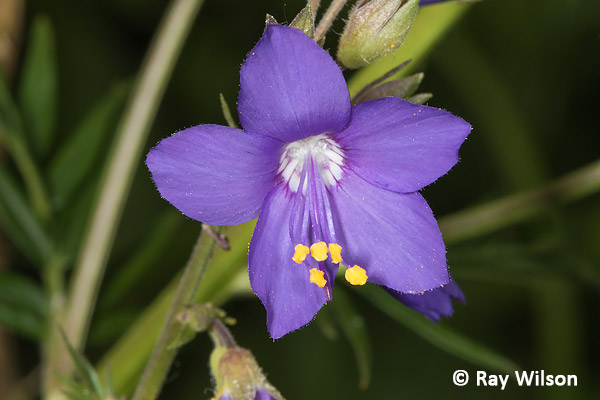
Jacob's-ladder (Polemonium caeruleum)
As can be seen from these photos, it is pretty common in the upper reaches of Lathkill Dale, its the largest colony in Britain, and that is mostly due to careful management by the National Trust. Most of the plants found in the limestone grasslands of the Peak District benefit from early summer grazing. But not Jacob's-ladder, which is a very tasty treat for sheep at this time of year. Allowing sheep to graze here in early summer would destroy the colony. Consequently, the gates to the parts of the valley where the Jacob's ladder grow are kept closed until later in the year and the sheep not allowed in until next year's seeds have been produced.
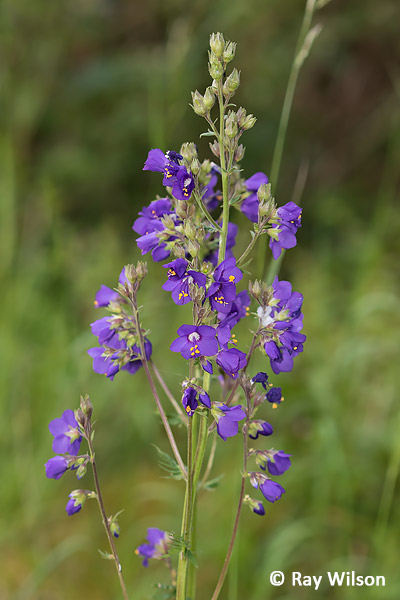
Jacob's-ladder (Polemonium caeruleum) |
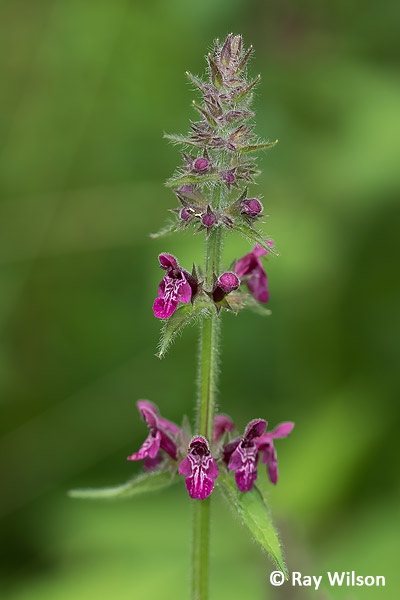
Hedge Woundwort (Stachys sylvatica) |
A few of the other wildflowers found in the dale in mid-June are shown below...
Common Comfrey (Symphytum officinale)
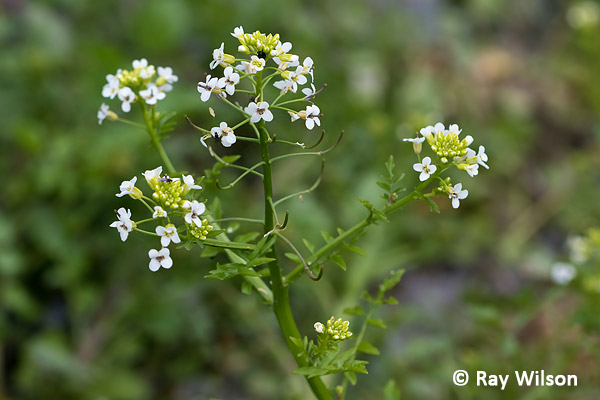
Water-cress (Rorippa nasturtium-aquaticum)
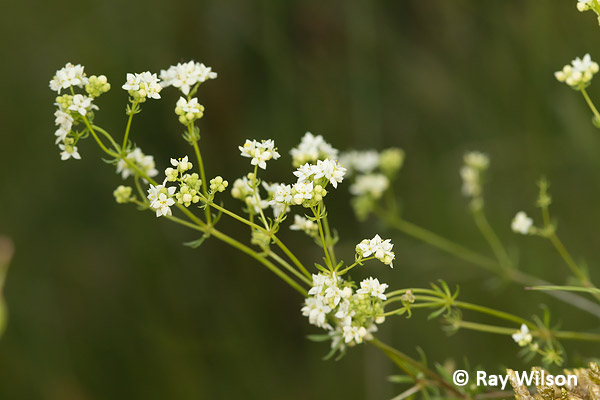
Heath Bedstraw (Galium saxatile)
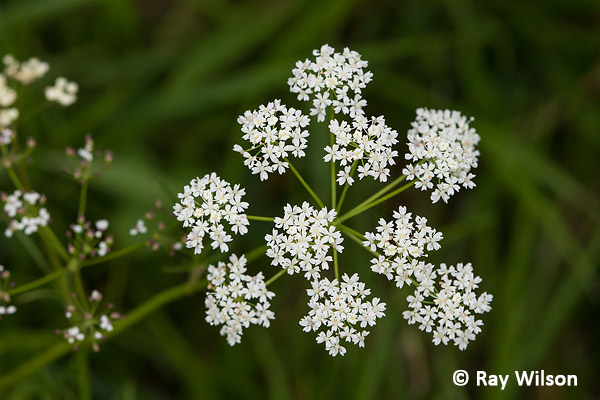
Pignut (Conopodium majus)
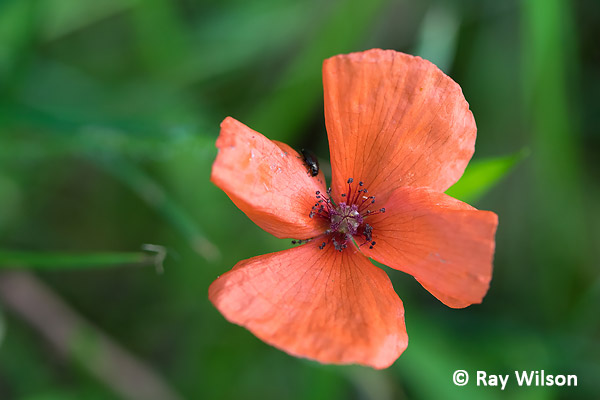
Prickly Poppy (Papaver argemone)
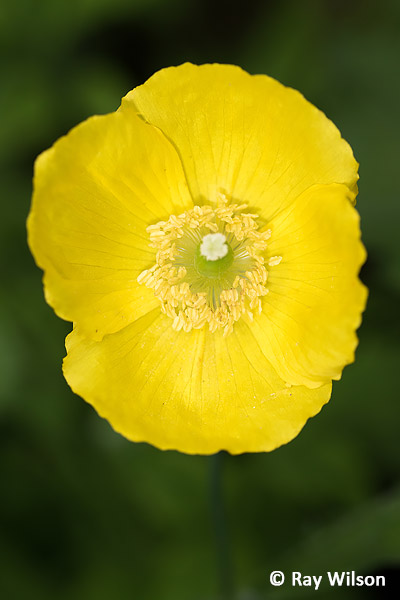
|
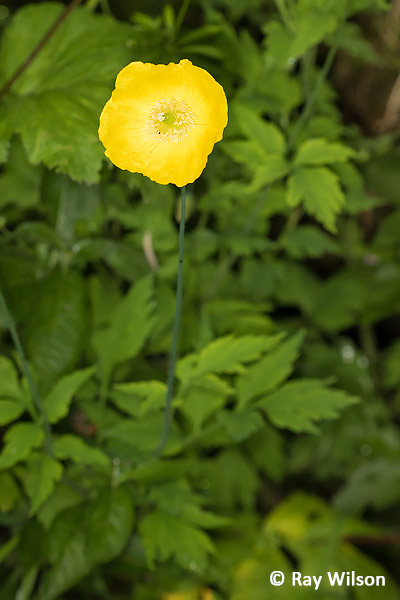
|
Welsh Poppy (Meconopsis cambrica)
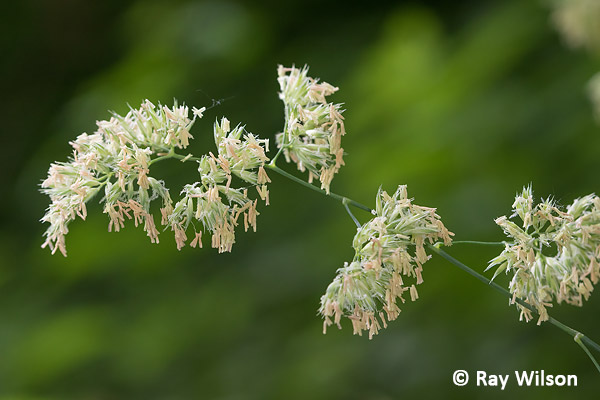
Cock's-foot (Dactylis glomerata)
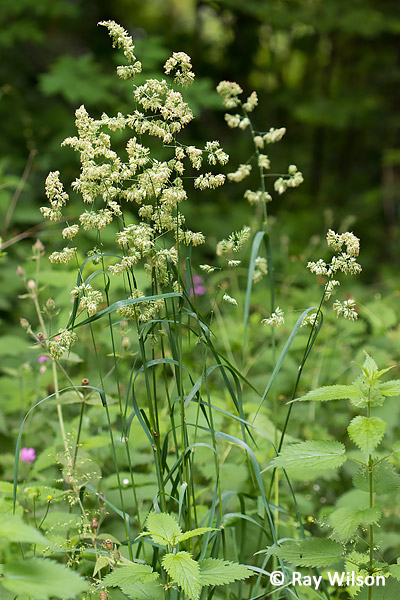
Cock's-foot (Dactylis glomerata) |

Prickly Sow-thistle (Sonchus asper) |
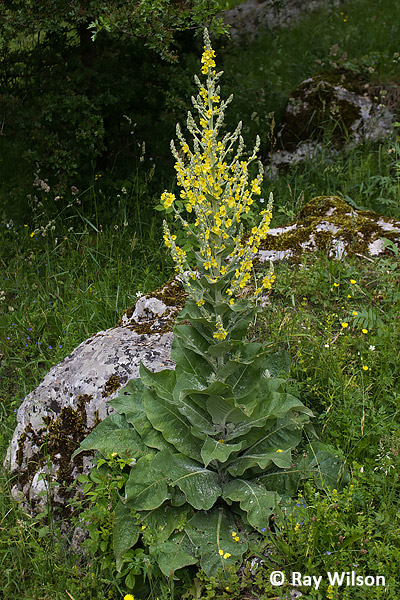
Great Mullein (Verbascum thapsus) |
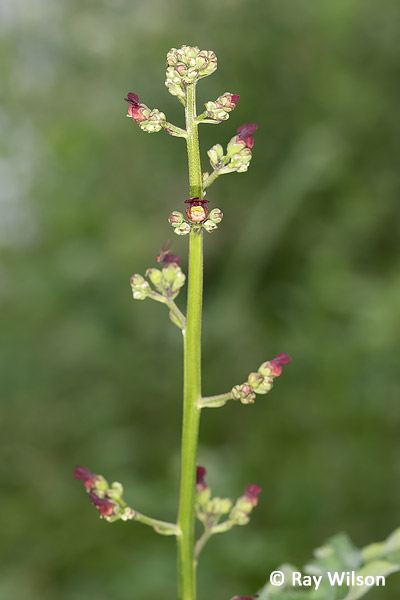
Water Figwort (Scrophularia auriculata) |
Towards the end of the month I headed back over to Wales for a week. On Anglesey, Large Red Damselflies were out in force at Cors Erdrenniog.

Large Red Damselfly (Pyrrhosoma nymphula)
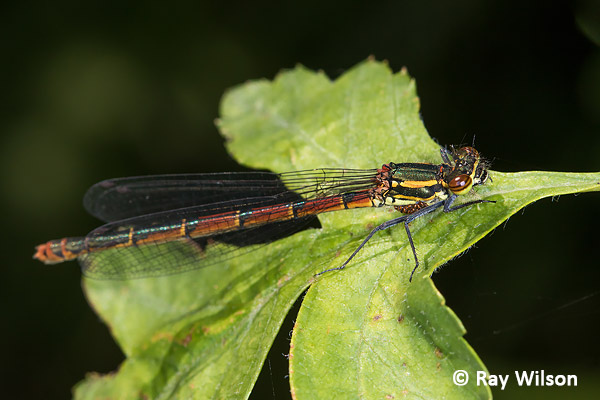
Large Red Damselfly (Pyrrhosoma nymphula)
Beautiful Demoiselles can be found on many of the upland rivers in Snowdonia National Park and they are sometimes abundant. At this location in Cwm Pennant there were about 30 of them along just a 20m stretch of river.
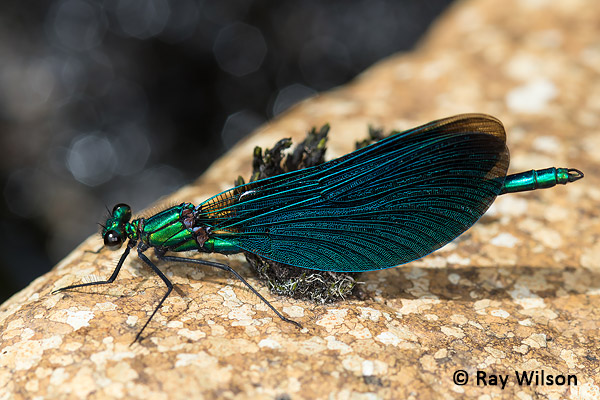
male Beautiful Demoiselle (Calopteryx virgo)
The dominant male was consistantly returning to a couple of rocks in the middle of the shallow stream. By sitting very still in the middle of the river, the Demoiselles would often come and land right beside me. It was a very hot day so getting my feet wet in persuit of photos was a good way to cool off too!

male Beautiful Demoiselle (Calopteryx virgo)
Killarney Fern is a very rare and enigmatic plant that is extremely unusual in that the sporophyte stage of the fern (the frond-like structure that most people recognise as ferns) is extremely rare and only grows in a very few locations in Britain. In most of the locations where this rare fern is known to grow, the sporophyte never develops and it is only found as gametophytes (which resembles a green algae and requires expert microscopic analysis to identify).
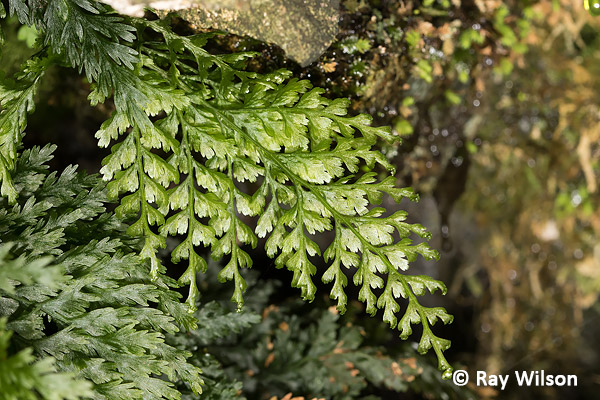
Killarney Fern (Trichomanes speciosum)
The Victorian era craze for fern-collecting came very close to causing the extinction of this delicate fern. Once common in Snowdonia, it now only grows in a single rock crevice and the entire Snowdonian population is visible in the photo below.
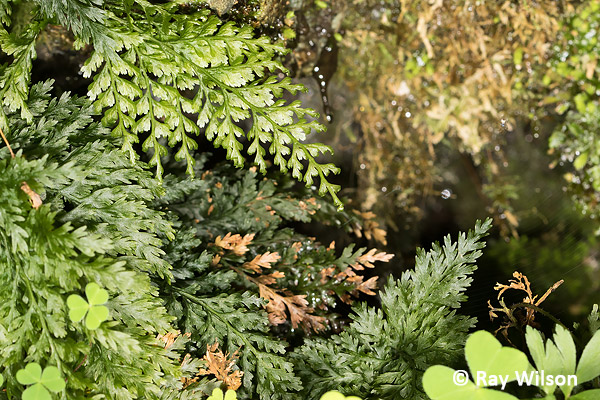
Killarney Fern (Trichomanes speciosum)
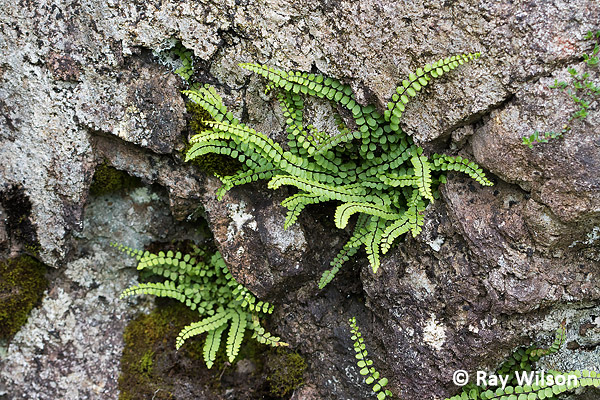
Maidenhair Spleenwort (Asplenium trichomanes)

Tutsan (Hypericum androsaemum) |
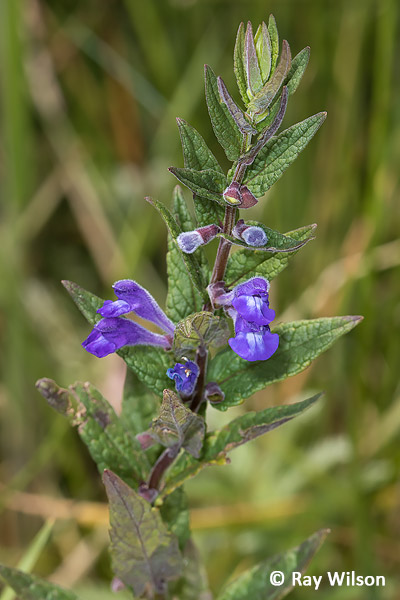
Skullcap (Scutellaria galericulata) |

Marsh Cinquefoil (Potentilla palustris)
At the end of the week I drove down to Swansea to spend a weekend searching for insects with a very good, long-time friend who I shared a lab with back when we were both doing our PhD's.
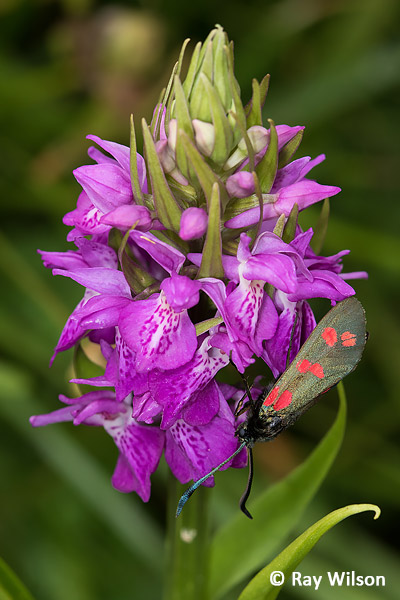
6-spot Burnet (Erythromma najas) |
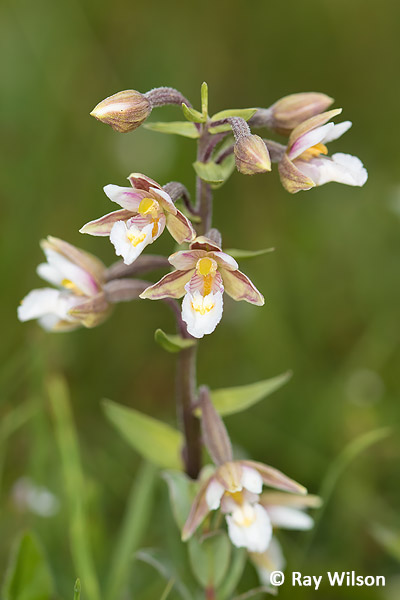
Marsh Helleborine (Epipactis palustris) |
After a whole week of sunny weather with the temperatures pushing 30°C, it returned to more typical Welsh weather just in time for my arrival in Swansea. Not ideal for insect activity and we didn't see a single dragonfly during the whole day we spent at Kenfig Nature Reserve. Diligent searching did, however, turn up a few interesting things...

Bee Beetle (Trichius fasciatus)

Four-banded Longhorn Beetle (Leptura quadrifasciata)
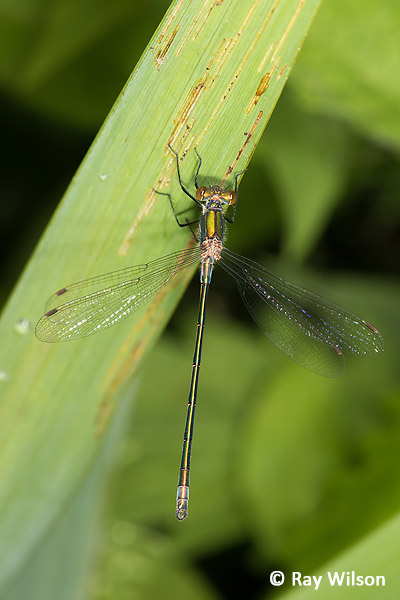
Common Emerald Damselfly (Lestes sponsa) |
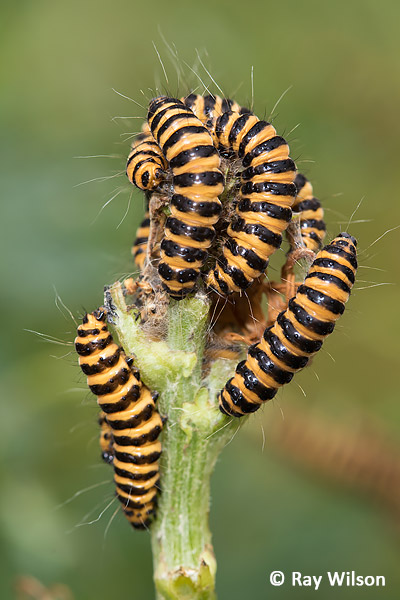
Cinnabar Moth (Tyria jacobaeae) caterpillars |
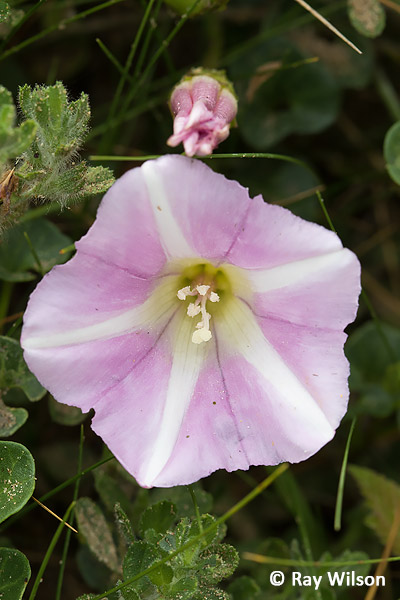
Sea Bindweed (Calystegia soldanella) |
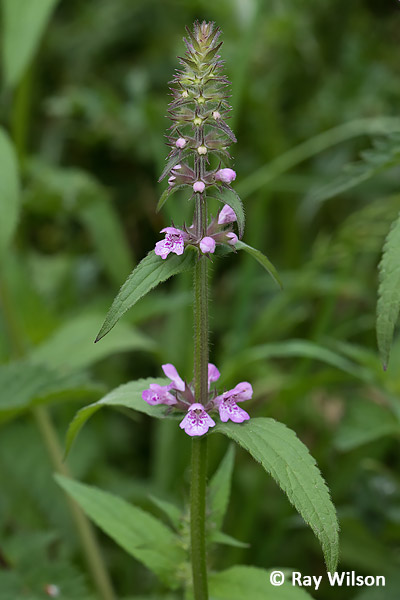
Marsh Woundwort (Stachys palustris) |
The following day was spent at Penllergare Valley Woods where we had to contend with much the same overcast, cool conditions but despite this the insect activity was surprisingly good.
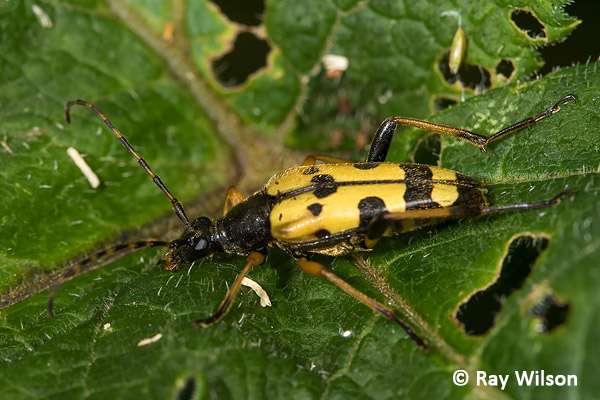
Spotted Longhorn Beetle (Rutpela maculata)
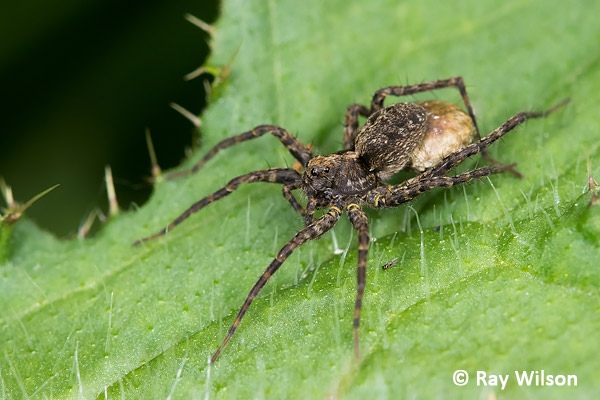
Wolf Spider sp. (either Pardosa monticola or P. palustris) carrying her eggsac under her abdomen

Grypocoris stysi (a Mirid bug)
Prior to Miranda finding the one below, I'd thought all the British tortoise beetles were green. Turns out there are actually two red species. This one only attains the red colour as it matures and freshly emerged adults are green. It is the more common and widespread of the two red species although, according to the NBN online atlas, this is the first record of this species since 1998 in the SS69 10km square. I suspect, however, this is may be more down to a lack of recording than an indication of extreme rarity.
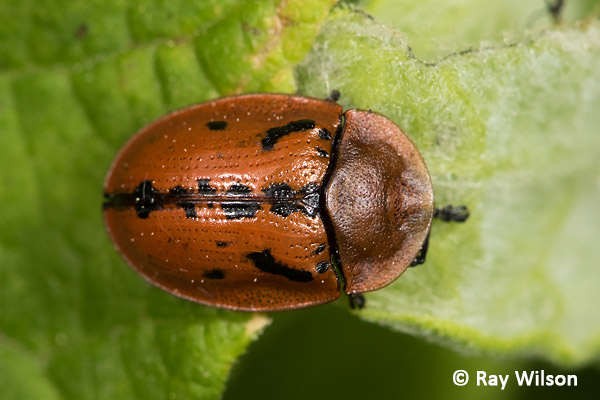
Fleabane Tortoise Beetle (Cassida murraea)
I was quite surprised, and very impressed, that this Yellow Dung Fly had managed to catch a hoverfly that was nearly the same size as it. Didn't know they were so predatory!
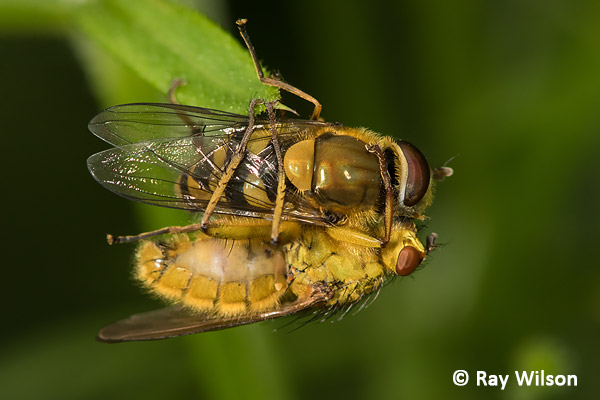
Yellow Dung Fly (Scaphophaga stercoraria) eating a hoverfly (Syrphus sp.)
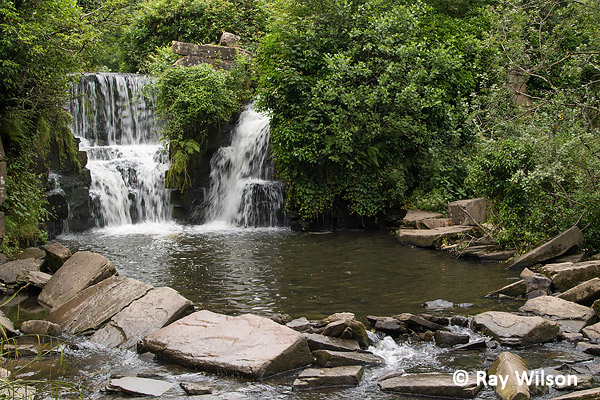
The "hidden waterfall" in Pengellegare Valley Wood, Swansea
Ray Wilson owns the copyright of all images on this site.
They may not be used or copied in any form without prior written permission.
raywilsonphotography@googlemail.com
